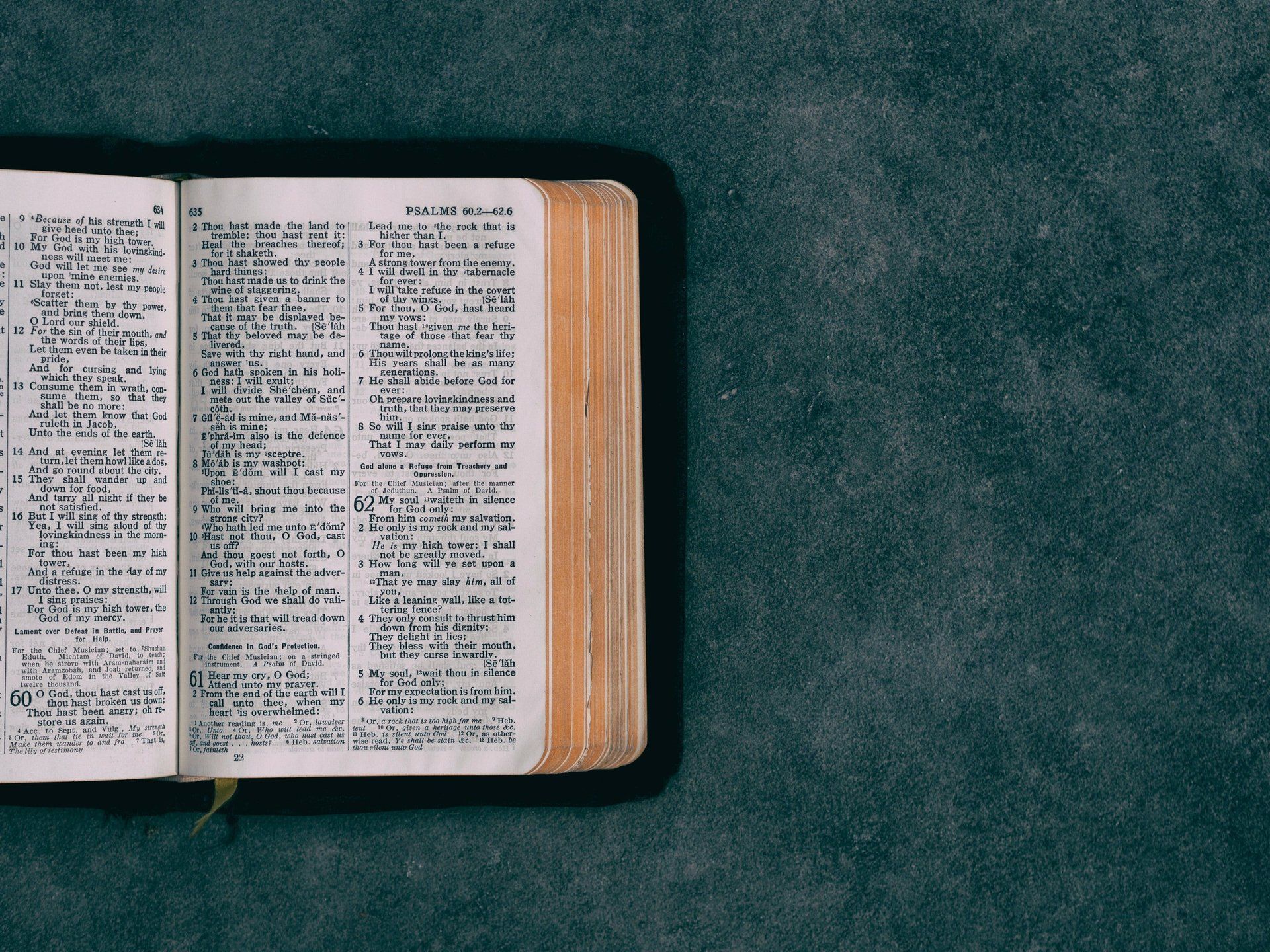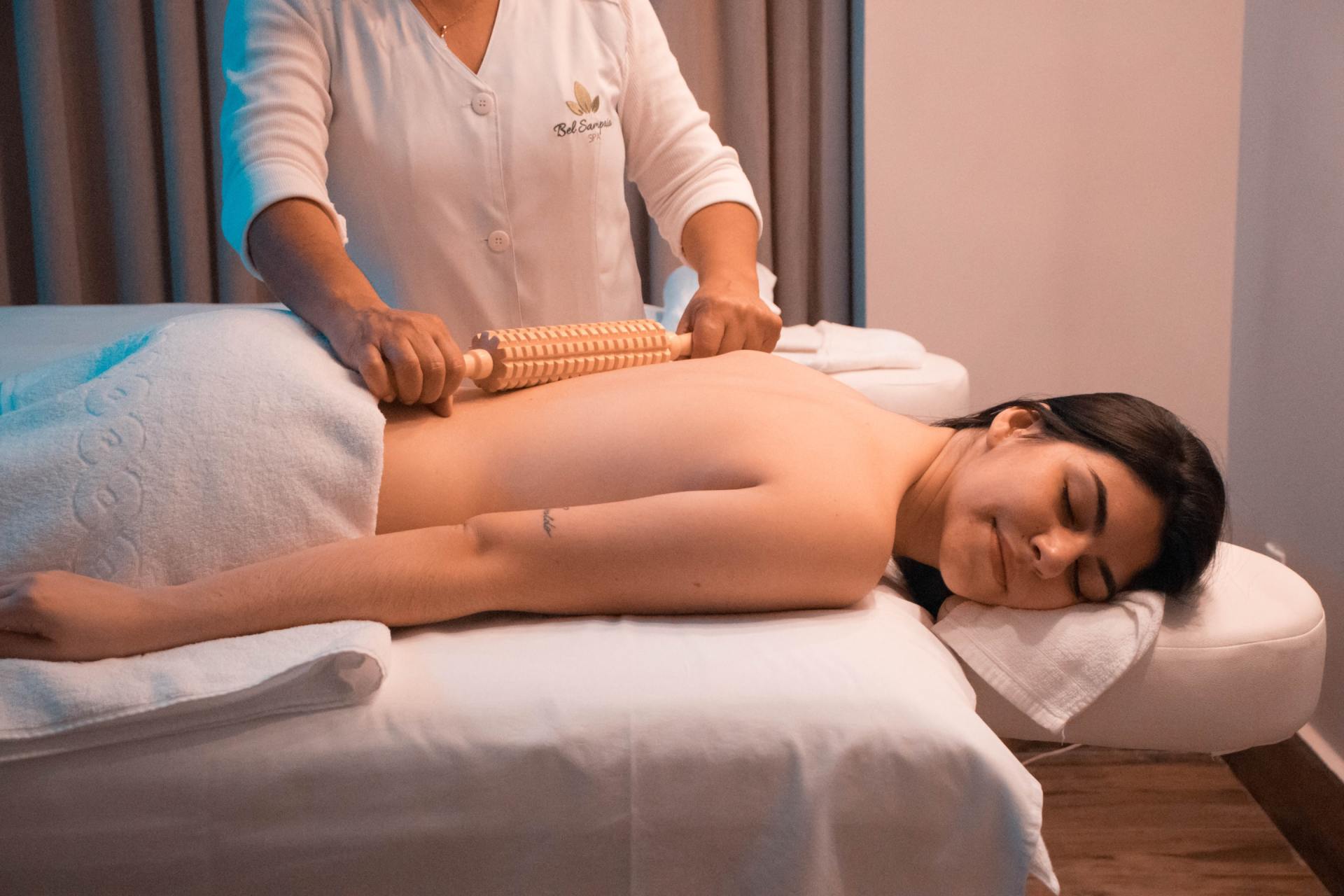Perhaps if you braced for an exceedingly long period of time (continuously for over 12 months) there may be adaptation around the joint. Generally, physiotherapists would only suggest wearing a brace for a shorter period unless there was a very good reason not to.
Ankle Braces:
Ankle braces are the most commonly worn brace to protect and prevent injury. Current guidelines suggest that after you have sprained your ankle, you should tape or brace your ankle for 12 months post the injury to help reduce the chance of recurrence. Be sure your brace has sturdy straps preventing excess sideways movement for optimal protection. Cheap braces often do not have the stability required to prevent injury.
Knee Braces:
Knee pain can stop you in your tracks and prevent you from doing much at all. The two most common issues we would suggest braces for are for osteoarthritis and patellofemoral (kneecap) pain. The two braces differ greatly and act on different tissues. Correct sizing and appropriate type of brace will dictate how much improvement you are going to get.
Low Back Braces:
Low back braces can be an absolute saviour when you have disabling acute low back pain. These braces work by providing support to your spasming spinal muscles and allowing them to relax and support the painful tissue.
Shoulder Braces:
Shoulder braces can be tricky and ineffective at times as it is such a complex joint which makes it hard to support. While I would generally use tape in clinic, we have found a particularly good brace to help with shoulder pain recently which tends to surpass tape in its effectiveness. Woohoo!
Correct bracing at the correct time for the correct issue is a really important part of healing and returning to activity. Your physio will be able to guide you on what is most appropriate for you at the time. Of course, this isn’t an exhaustive list of every brace you could possibly get (there is a multi-million-dollar industry based on providing braces for EVERYTHING!).
At Physique, we have a large array of braces that will suit most needs. We also work closely with major suppliers to get in what’s needed ASAP. It is also worth noting that some braces are eligible for a private health rebate – make sure you ask if this is applicable to you.) If you need a brace, look no further than Physique!
Hayden Buckman
MORE SCENIC NEWS
-
COMMUNITY CAMERA ALLIANCE – YOUR CHANCE TO HELP
Mar 28, 2024ButtonIt's essential for community members to remain vigilant and take steps to safeguard their properties and vehicle...
-
GALLERY’S $30,000 MAJOR ART AWARD RETURNS
Mar 28, 2024ButtonThe award, named after the sacred mountain which the Gallery overlooks, is open to artists living across the...
-
ANNE HOITINK – APRIL 2, 1945 – MARCH 15, 2024
Mar 28, 2024ButtonMigrated to Australia on 29 November 1952, aged 7 years. Going directly to the suburb of Reid in Canber...
-
KERRI: AN HONOUR TO FILL THE ROLE FOR DIVISION 2
Mar 28, 2024ButtonDuring the pre-poll part of the campaign, I was very grateful for the opportunity to be able to meet an...
-
DO HOP IN FOR A NEW MONTE LUPO EXHIBITION
Mar 28, 2024ButtonMonte Lupo was established by Multicap in 1991 to provide meaningful employment to people living with di...
-
GREAT SUCCESS FOR LITTLE ATHLETES
Mar 28, 2024ButtonRuby, Lily, Talia, Torah, Hugo, Leiawyn, Aric, Dean, Mitchell, Harvey and Noa; you all should be so proud ...
-
A NEW CHAPTER FOR WOLVES BASKETBALL
Mar 28, 2024ButtonAs the sun sets on an incredible experience, it's time for me, Adam Chanter, to say farewell as the Pre...
-
GRAND OPTIONS CATER TO MOST NEEDS AND TASTES
Mar 28, 2024ButtonFor weddings, services can be held in The Old Church, which stands as a proud member of architecturally sig...
-
BREACH OF CODE: RULING ON MAYOR CHRISTENSEN RAISES MORE VOTER CONCERNS ON ELECTION EVE
Mar 14, 2024ButtonAdditionally, Christensen is to bear his legal costs, with a warning that any future infractions will be classifie...
-
THE LONG ROAD SPORTS CENTRE AND REGIONAL SPORT - WHERE DO YOU STAND
Mar 14, 2024ButtonThe SRRC Sports strategy 2010-2020 is to be shortly superseded by the 2024 – 2034 SRRC Sports Strategy....
LOCAL BUSINESS
COLUMNS
-
Beauty & Wellness
ButtonWriter: Rebecca Mander - Naturally Cos
-
Community Care
ButtonWriter: Geoff Marshall
-
Embrace
ButtonWriter: Jaap Vogel
-
Food for Thought
ButtonWriter: Dylan Gittoes
-
Hooked on Books
ButtonWriter: Friends of TM Library
-
Living with Dogs
ButtonWriter: Pam Brandis (Dip. Canine Prac.)
-
Nature Notes
ButtonWriter: Nadia O’Carroll
-
Pastor Kim
ButtonWriter: Pastor Kim Dale
-
Physio Talk
ButtonWriter: Neil Bell (Tamborine Mountain Physique)
-
Police News
ButtonWriter: Sgt Mark Shields
Officer in Charge
North Tamborine Police
-
Politics
ButtonWriter: Local Councillors and Representatives
-
Relationships
ButtonWriter: Linda Gray
-
The Mtn Midwife
ButtonWriter: Bree Lowing (Registered Midwife)
-
Travelling Places
ButtonWriter: Travelling Places Tamborine Mtn
-
Wine chat
ButtonWriter: Imogen Mulcahy
-
Yoga Under the Bodhi Tree
ButtonWriter: Margot Wagner
Your Local Paper
to read, keep & share

Your Local Paper
to read, keep & share
CONTACT
PO Box 118, North Tamborine Qld 4272
Phone: 0407 671 286
Email:
news@tmnews.com.au
ads@tmnews.com.au
Design by BjornSchmal.com


















